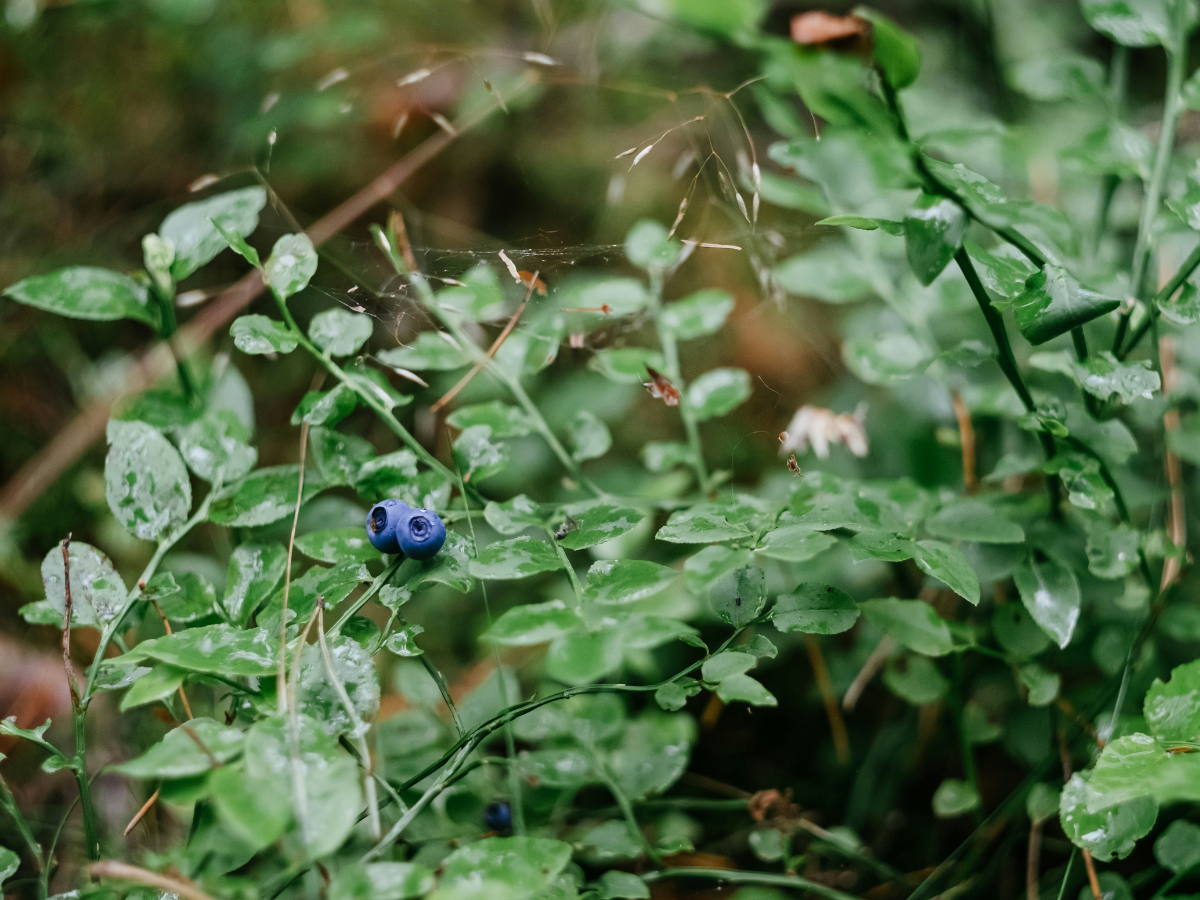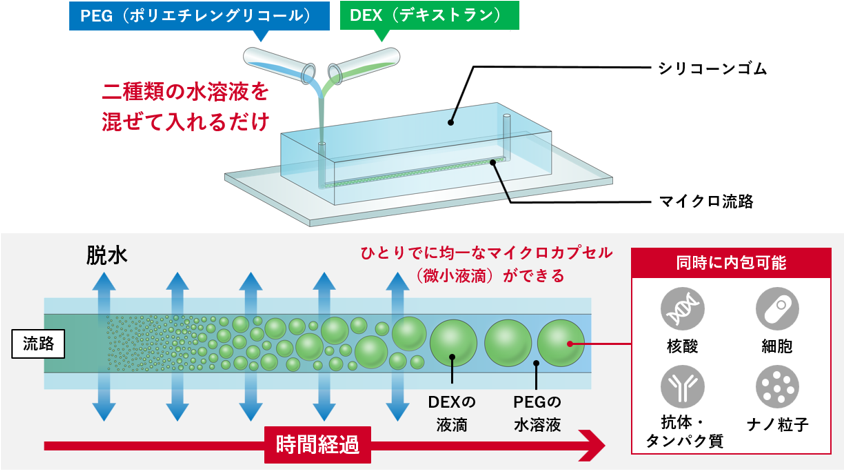2025-06-24 ペンシルベニア州立大学(PennState)

The study’s findings could be used to help inform precision agriculture approaches to help conservation efforts, the researchers said. Credit: Freestocks/Unsplash. All Rights Reserved.
<関連情報>
- https://www.psu.edu/news/agricultural-sciences/story/warmer-spots-within-fields-have-more-blooms-and-more-bees
- https://www.sciencedirect.com/science/article/abs/pii/S016788092500266X
ローブッシュブルーベリーにおける花粉媒介者の集蜜と収穫量に対する微気候の影響を解明する Unraveling microclimate effects on pollinator foraging and crop yield in lowbush blueberry
Garrett Sisk, Anaís Ostroski, Travis Dillard, Bruce Hall, Sarah C. Goslee, Christina M. Grozinger, Vikas Khanna , Heather Grab
Agriculture, Ecosystems & Environment Available online: 17 May 2025
DOI:https://doi.org/10.1016/j.agee.2025.109734
Highlights
- Microclimate, floral resources and nesting habitat vary across agricultural fields.
- We evaluated whether these factors impact bee visitation and lowbush blueberry yield.
- Wild bees foraged under broader temperature and humidity conditions than honey bees.
- Wild bee visitation was highest at sites with warmer average microclimates.
- Blueberry yield varied widely across the field but was not limited by pollination.
Abstract
Pollination services are critical for many nutrient dense and high-value crops worldwide. However, pollinator foraging is not distributed evenly across space potentially contributing to crop yield variability. Here we evaluate how microclimate as well as distance from forest edge and managed honey bee hives influence fine-scale foraging by both wild and honey bees and correlate to lowbush blueberry yields. Topographic variation resulted in microclimates with differences of as much as 10 °C and 29 % relative humidity. Honey bees were the predominant visitors and were correlated with wild bee visitation which did not vary with distance from honey bee hives. Both groups had substantial temporal and microclimatic overlap in their foraging profiles, though wild bees foraged earlier and at a wider range of conditions. The positive effect of warmer microclimates on wild bee foraging was similar in magnitude to the negative effect of forest edge distance. Flower density, which was greater in sites with warmer microclimates, was the primary driver of foraging for both wild bees and honey bees as well as yields. After accounting for flower density, no relationship was observed between either wild or honey bee visitation rates and blueberry yields, suggesting that pollination services were not limiting yield. Our findings indicate that microclimates within fields can have stronger effects on crop yield than other well recognized factors, mediated by their effects on floral density and bee foraging. Given higher microclimatic variability at higher temperatures, our findings suggest an avenue by which climate change may impact within-field yield variability.



